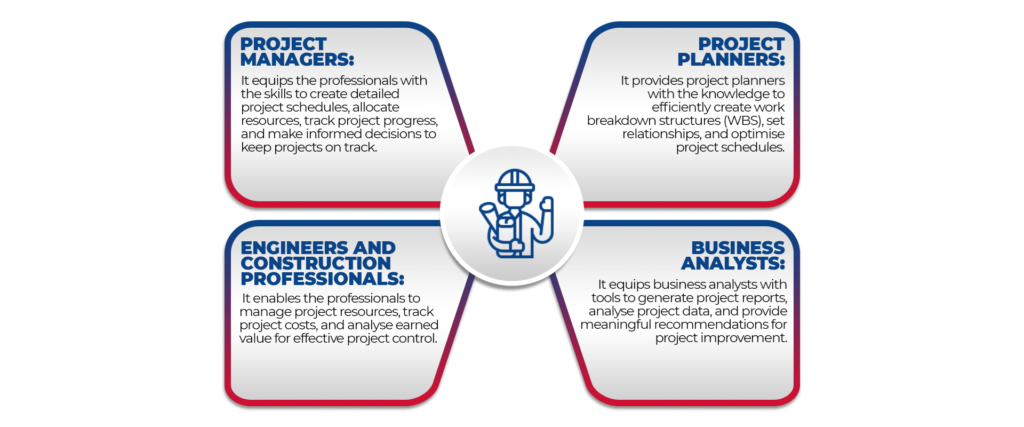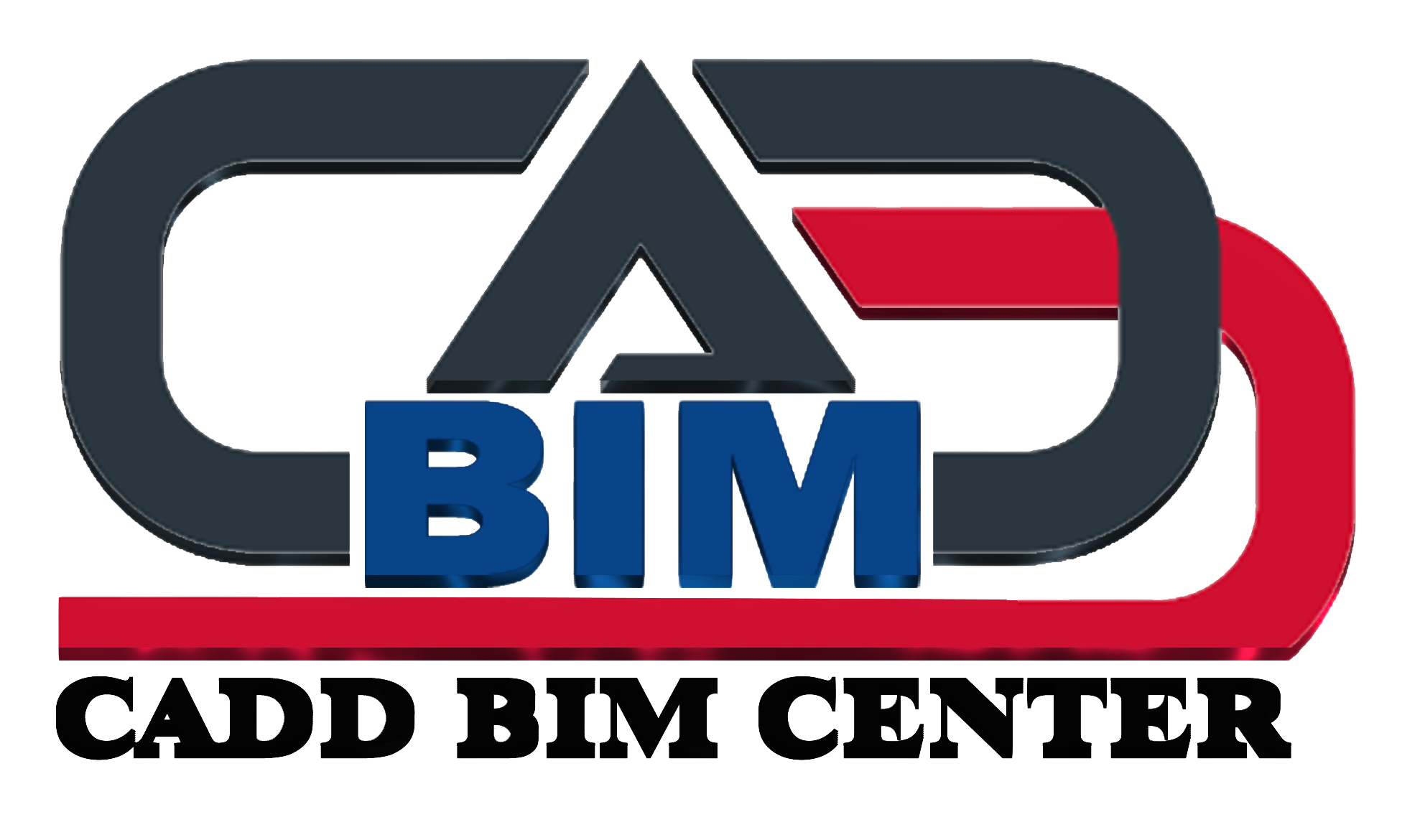Primavera P6 PPM
- Home
- Primavera P6 PPM

What is Primavera P6 PPM?
Primavera P6 PPM (Project Portfolio Management) is a powerful software developed by Oracle Corporation for project management and planning. It is widely used in industries such as construction, engineering, and project management to manage complex projects, create schedules, allocate resources, and track project progress. Primavera P6 PPM provides a comprehensive set of tools and functionalities that enable project managers and teams to effectively plan, execute, and control projects of various sizes and complexities.
Why is this course important?

Who is it used by?
The Primavera P6 PPM course holds significant importance for professionals in project management, engineering, and construction industries. Here are some reasons why this course is important:

Primavera P6 PPM Course Outline
At CADD BIM, we offer dedicated training on Primavera P6 PPM and EPPM. As the best Primavera training institute in India, we provide specialized instruction in Oracle Primavera P6, equipping professionals with the skills needed to effectively manage projects. Our course covers both PPM (Project Portfolio Management) and EPPM (Enterprise Project Portfolio Management), enabling students to navigate the complexities of project planning, scheduling, and resource management. With a focus on practical applications, our training ensures that students gain firsthand experience in utilizing Primavera software. Join our program to become a proficient Primavera user and enhance your project management expertise.
COURSE TITLE
Oracle Primavera P6 PPM R.20
DESCRIPTION
This course leads participants through the entire project life cycle, from planning to execution. Topics include adding activities, assigning resources, and creating a baseline. Participants also gain a thorough background in the concepts of planning and scheduling.
All workshops and instruction stress the three basic elements of project management: schedule, resources, and costs. At the end of each day, students apply the concepts and functionality they learned in a case study. The course is divided into three sections: Creating a Project; Scheduling the Project; Project Execution and Control.
This course uses P6 Professional Project Management (PPM), Primavera Windows-based, client/server application. It is appropriate for those using P6 PPM either as a stand-alone application or as part of P6 EPPM.
All workshops and instruction stress the three basic elements of project management: schedule, resources, and costs. At the end of each day, students apply the concepts and functionality they learned in a case study. The course is divided into three sections: Creating a Project; Scheduling the Project; Project Execution and Control.
This course uses P6 Professional Project Management (PPM), Primavera Windows-based, client/server application. It is appropriate for those using P6 PPM either as a stand-alone application or as part of P6 EPPM.
Course OBJECTIVES
Learn To
- Schedule a project
- Assign resources
- Adjust the project schedule
- Execute and control the project
- Create a project & Add activities
- Use bucket planning
- Use resource leveling
- Use earned value analysis
- Calculate percent complete
- Calculate multiple float paths
- Analyze resource usage
- Analyze resources and roles
- Calculate percent complete
- Use the Assignments window
- Assign cost accounts
- Bucket planning
- Level resources
- Use earned value
- Use advanced scheduling techniques
- Use timescales logic diagrams
LENGTH
60 Hours Training Program
WHO SHOULD ATTEND?
Primavera P6 PPM Course Outline
Session 1
Overview Of Primavera
About Primavera
P6 EPPM Suite.
GUI of P6 Release 8.2 web and client.
Initiating Process Group Data Structure of Primavera
About Organizational Breakdown Structure
Procedure to Create an OBS
About Enterprise Project Structure
Procedure to create EPS
Session 2
Planning Process Group Project
Creation of Project
Navigating in the Project Window
Viewing Project Details
Calendar
Introduction to Calendar
Types of Calendars
Creating global calendars.
Editing the standard work weeks & its time.
Create Exception.
Creating Project calendars.
Creating Resource calendars.
Conversions in calendars.
Working with timescale in Gantt chart.
Session 3
Work Breakdown Structure
Introduction to WBS
Creation of WBS Structure
Activities
Introduction about an Activity
Describing Activity Types
Assign Calendar to the Project.
Adding Activities
Configuring General Tab
Delete an activity.
Various ways to create an Activity in client.
Adding Steps to an Activity
Adding a Notebook Topic
Session 4
Relationship
Introduction about Relationship
Types of Relationship
Adding Relationships to the Activities in various methods
Dissolve Activity
Apply Lead or Lag
Procedure to apply Lead or Lag
Views
Scheduling
Introduction about Scheduling
About Critical Path Method
Procedure for Scheduling.
Session 5
Constraints
Introduction about Constraints
Constraints Categories
Types of Constraints
Applying an Overall Deadline to a Project
Apply a Constraint to an Activity.
Codes
Introduction about Codes
Types of codes
About Project Code & creation of code
Assigning Activity Codes
Grouping Activities
Grouping and Filtering
Opening and Customizing Layouts
Session 6
Roles
Assigning a Resource to a Role
Assigning Roles to an Activity
Resources & Its Team
Introduction about Resources
Types of Resources.
About Resource Team
Define Resources in various methods in client.
Assigning a Resource
Assigning Resources to an Activity
Assign Resource to Multiple Activities
Assigning Resources by using Role
Session 7
Managing Multiple Projects
Opening Multiple Projects
Setting the Default Project
Baseline
About Baseline
Creation & assigning a baseline.
Display Baseline Bars on the Gantt chart.
Using Reflection Projects
Creating a Reflection Project
Merging Changes
Update
Introduction about Update
Choose a Method for Updates
Session 8
Execution Process Group
User Defined FieldsIntroduction about User Defined Fields
Creation of various UDF
About Global Change
Resource Analysis Leveling
About Analysis
About Project Workspace
About Team Usage
About Resource Analysis
Resource Leveling on Priority
Displaying the Resource Usage Profile
Analyzing Resource Availability
User Defined Fields
Session 9
Using Earned Value Analysis
About Earned Value Analysis
About Earned Value Fields.
Measuring performance percent complete
Project Execution and Control
Describing Methods for Updating the Schedule
Using Progress Spotlight
Statusing Activities
Rescheduling the Project
Using S Curves
Session 10
Monitoring & Control Process Group Tracking
Introduction & benefits about Tracking >
View
Introduction about Views
Creating various views in both web & client.
Procedure to create Filter in both web & client.
Closing Process Group Reports
Introduction about Reports
Procedure to Take Reports
Types of reports in client
Creation of Reports and Creation of Batch report
Check in & Check Out
About Check out & Check In in client.
Putting it all together – Creating a project from scratch
Hands-on practice with emphasis on your companies’ standards and project types. Work will be done on the various aspects of a “typical” project for your office
For Enrollment
Take a step ahead towards a rewarding career in architecture, where best knowledge is aligned with latest technological practices. Register now to build your future in the realm that merges art, science and innovation
